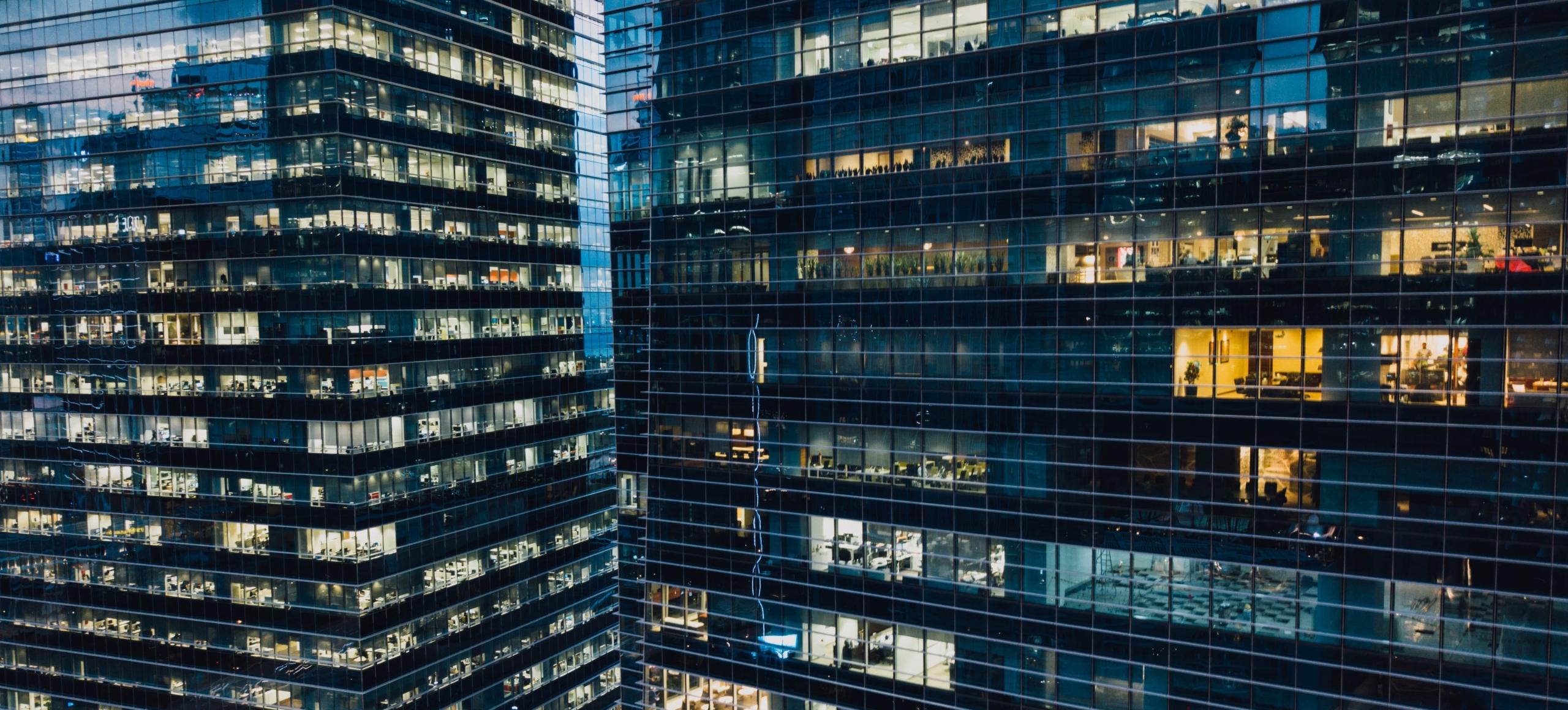Businesses are facing rocketing energy prices, with 92% of decision makers concerned about rising costs. 45% of decision makers also admit to leaving equipment on overnight, yet 65% do not know how much energy equipment uses during this time. By tackling sources of invisible waste like this, businesses could reduce their energy consumption and cut costs.
With businesses feeling the pressure to improve their sustainability, it’s vital they look beyond food and plastic waste to consider how much energy they’re using. The impact of an organisation’s invisible waste is a great place to start and this includes the volume of energy consumed needlessly, and its impact on the environment.
Sources of Invisible Waste

One of the major sources of invisible waste is equipment being left on overnight. While in some instances certain pieces of equipment must remain on overnight, for many businesses the reasons aren’t essential. In fact, 18% of businesses say it is easier to just leave them on, and for one in 10, equipment remains on simply because there is no one responsible for turning it off.
A quarter (25%) of businesses admit to letting appliances go into standby mode overnight. For equipment that remains on overnight, businesses should look for product settings that can help save energy. BRITA's Extra C-Tap water dispenser, for example, has a built-in night mode setting which can reduce energy consumption by up to 60%.
Sustainability goals

We know that businesses in all sectors are trying to improve their sustainability. Nearly three-quarters of decision makers (72%) say they have goals and targets in place to decrease their energy usage and overall environmental impact, yet 86% believe their business could be doing more to achieve this.
Perceived challenges to improving environmental impact for businesses include cost (66%), time (42%) and team resource (29%).
Over the next five years, two-thirds (66%) of businesses will actively be trying to reduce energy usage, and nearly 40% are looking to train their teams in sustainable practices in the workplace.
Energy-efficient steps
To help businesses combat the energy crisis, and learn simple, energy-efficient steps to reduce their energy consumption by identifying sources of invisible waste, BRITA has partnered with sustainability experts as part of its new Invisible Waste insights report.
As well as identifying which pieces of equipment can be safely turned off overnight to improve overall energy efficiency, the report is brimming with actionable hints and tips that can help streamline the process to better sustainability across the board.




